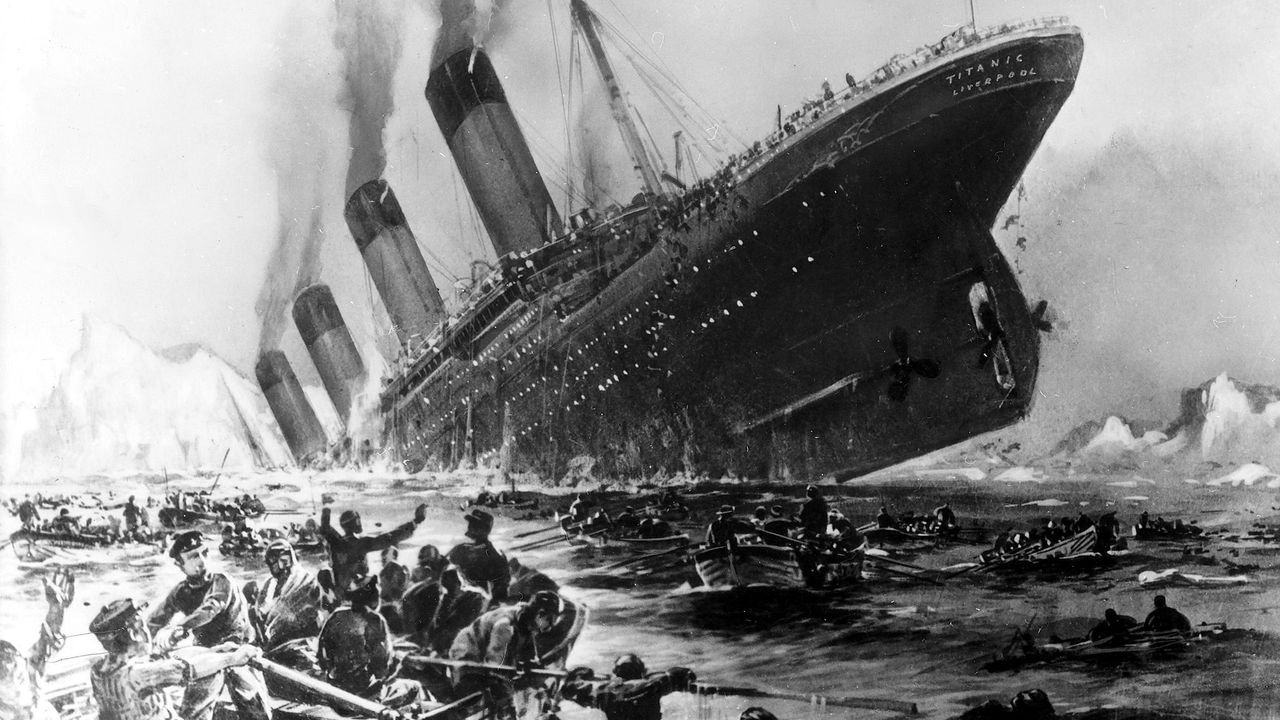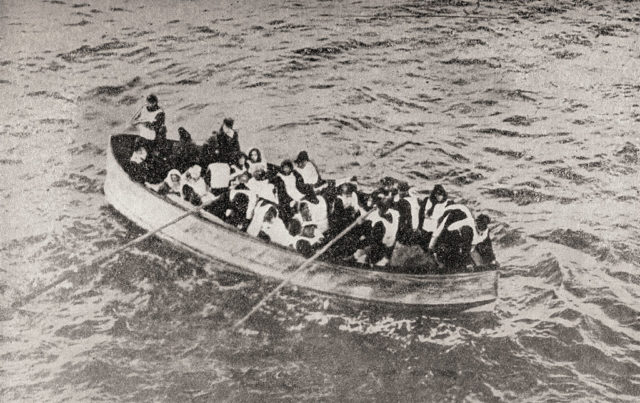The tragic sinking of the RMS Titanic in 1912 has captured imaginations for more than a century. The stories of the doomed voyage, the passengers’ bravery, and the extraordinary efforts to save lives have been recounted in countless books, films, and documentaries. However, new revelations and eerie discoveries continue to emerge from the wreckage deep beneath the Atlantic Ocean. Among them, unsettling reports of skeletal remains still seated in their places aboard the sunken ship evoke haunting images of the final moments of this historic disaster.

The Fateful Night: A Catastrophic Collision
On April 14, 1912, the Titanic, considered unsinkable, collided with an iceberg during its maiden voyage, setting off a chain of events that would lead to one of the most tragic maritime disasters in history. With insufficient lifeboats, many passengers were left to fend for themselves in the freezing waters as the ship slowly sank. Amid the chaos, acts of extraordinary courage and self-sacrifice emerged.
Survivor stories speak of men giving up their spots on lifeboats so women and children could escape. One such account is that of John Jacob Astor, one of the wealthiest men aboard, who helped his young wife into a lifeboat but refused to join her, sealing his fate.
Dramatic Rescues: Courage in the Face of Disaster
The immediate rescue efforts following the Titanic’s sinking are stories of determination and bravery. The RMS Carpathia, upon receiving distress signals, sped through icy waters at great personal risk to the crew and passengers aboard, arriving just two hours after the Titanic had gone under. Captain Arthur Rostron and his team pulled 705 survivors from lifeboats and the freezing Atlantic waters.

Among the survivors were people like Molly Brown, famously dubbed “The Unsinkable Molly Brown” for her insistence on returning to search for more survivors after boarding a lifeboat. Her courage, along with that of many other passengers and crew, was crucial in saving lives during the aftermath.
The Skeletons in the Seats: Haunting Evidence from the Wreckage
Over a century after the Titanic met its tragic fate, deep-sea explorations of the wreck have unearthed disturbing and solemn reminders of the lives lost. Skeletons discovered still seated at tables and in their chairs paint a haunting picture of the final moments aboard the doomed ship. Unlike the often romanticized portrayals, these skeletal remains serve as a stark reminder of the sheer terror and helplessness felt by those trapped aboard as the ship went down.
These skeletons provide eerie insight into the passengers who accepted their fate, refusing to panic or leave their seats, perhaps finding peace in their last moments. While much of the Titanic has deteriorated due to the corrosive effects of the ocean, these chilling remnants remain as a testament to those who perished.

The Legacy of Survival and Loss
While the Titanic’s sinking remains a story of tragic loss, it is equally one of survival and human endurance. The courage shown by passengers and crew in the face of catastrophe speaks to the resilience of the human spirit. Survivors carried the weight of their experiences for the rest of their lives, haunted by the memories of those they left behind.
In the years since, the Titanic has become a symbol of hubris and the limits of human ambition. But perhaps more importantly, it stands as a reminder of the fragility of life and the profound acts of courage and selflessness that emerge in the darkest moments. From the heroic efforts of the RMS Carpathia crew to the haunting silence of the skeletons still seated at the bottom of the ocean, the story of the Titanic continues to captivate and inspire, forever etched in history.





